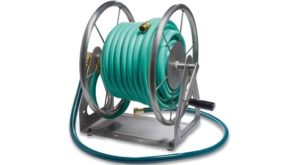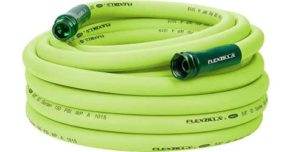A weed is anything that grows in your garden, and it’s not wanted. No one likes to talk about garden weeds, but some plants have a hard time competing with weeds for nutrients.
However, weeds are not inherently bad because some help to stabilize the soil and organic matter. For the unwanted weeds, there are ways to curb their growth and spread.
Below are the things you need to know about garden weeds.
Table of Contents
Understanding Garden Weeds
Understanding more about weeds can make it easier for you to decide whether they are useful or not. Weeds reduce your farm’s productivity as they compete with plants for space, sunlight, water, and other necessities required for growth. Ideally, they may lead to low crop yield and result in weak plant quality.
You need to understand how they survive, but you also need to know how the weeds spread and grow.
By Water
Most aquatic weeds can be moved as a whole plant or plant fragments because they are mostly flowing on water. These weeds may be carried through a drainage system and taken to new locations where they can germinate. Some weeds depend entirely on the water for dispersion.
When these weeds are dispersed, they reproduce and grow in water; if they are not checked frequently, they may choke your plants. These seeds may remain viable for several years in water, creating a floating seed bank dispersing weeds over vast places in moving water.
By Wind
Most weed seeds are well adapted to wind dispersal. A parachute-like structure enables seeds to move with the wind. Weed seeds that disperse through wind have particular organs to keep them afloat in when the wind blows.
Animals and People
Various weeds produce seeds with hooks, barbs, spines, and rasps that attach themselves to the fur of animals or clothes and then are moved from one place to another. These seedpods are then transferred to new areas through animal defecation.
Weeds may stick onto people’s clothes or shoes. When they try to pluck off these weeds, the chances are that they fall to the ground where they can get adequate conditions for germination. They end up growing in new places, and people play a significant role in their dispersal.
By Machines
Harvesting and tillage equipment often aid in dispersing some weed seeds. Through the soil that sticks to tractor tires, the grains move from field to field. Weeds also hold on to tillage and cultivation equipment, which transfer them to other areas.
Once these weeds are dispersed to new places, they start growing as new plants. Some grow from the roots that spread horizontally to vast distances. Other weeds shoot from the stem of a plant that is in contact with the soil. Rhizomes have a section of the stem containing nodes that, even after pruning, tend to sprout.
Types Of Weed Control
To control weeds in foliage crop products may require you to use a wide range of techniques. All those techniques are qualified into 5 main categories of weed control, as highlighted below.
Cultural
Cultural weed control techniques are established to involve the maintenance of field conditions so that the weeds have low chances of increasing in number. These techniques are non-chemical with crop rotation and avoiding overgrazing as one of the cultural weed control methods.
Mechanical
In this method, there is the involvement of farm equipment to control weeds. The most common techniques include mowing and tillage. This is any physical activity that inhibits unwanted plant growth in your garden.
Chemical
It involves the use of the chemical application to weeds or the soil to control the germination. In most cases, it is used for large scale farming.
Natural
This is the use of weeds’ natural enemy for germination control of the weed seeds or the spread of the already established plants. One example is sheep to control tansy ragwort.
7 Methods Of Getting Rid Of Garden Weeds
1. Mulching
Mulch is a covering that blocks weed seeds from sunlight, so they don’t grow and still provides needed nutrients as it decomposes with time and it regulates soil temperature. Organic mulches notably host crickets and carabid beetles, which efficiently devours thousands of weed seeds.
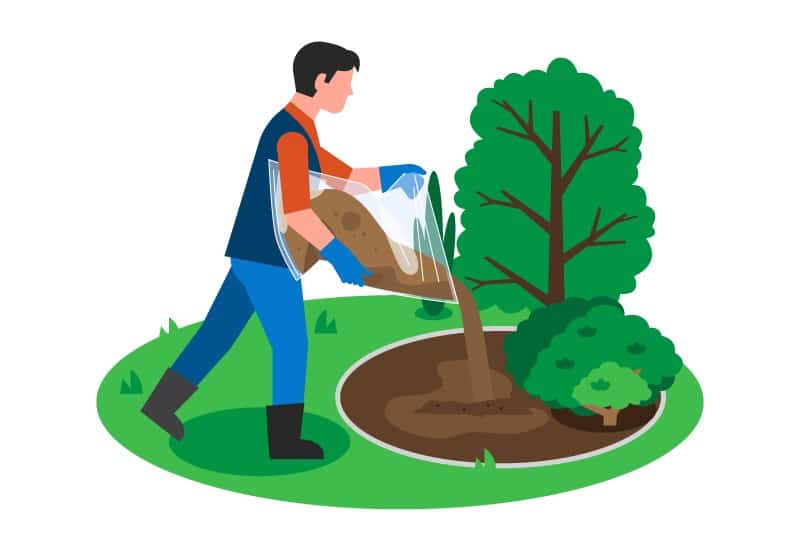
2. Weed when necessary
One way or another, you will have to pull out the weeds manually. When removing weeds, you should wear waterproof gloves for extensive protection. The aim here is to remove its roots since most weeds will regrow from any root left on the surface. You can add moisture to the soils to make the weeding less tiresome.
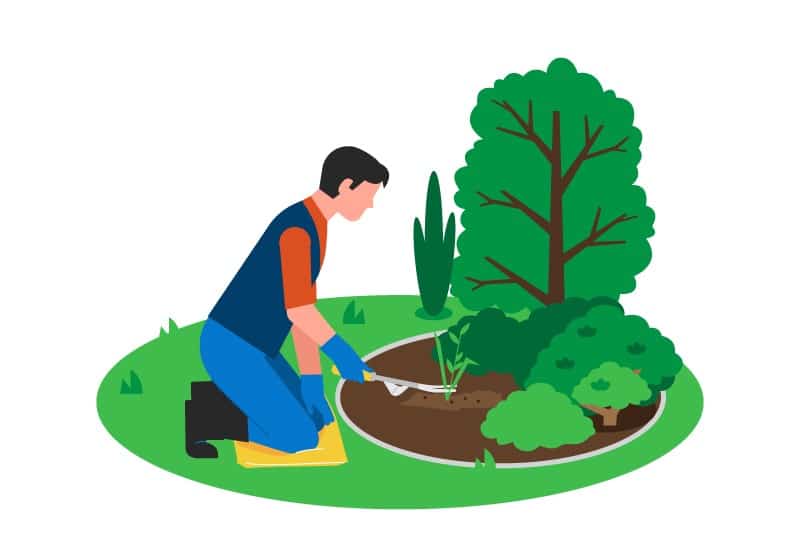
3. Use of cover crops
Cover crops, like wheat, clover, and barley, are generally advantageous plants able to spread quickly. In some cases, you can use cover crops to block weeds from growing.
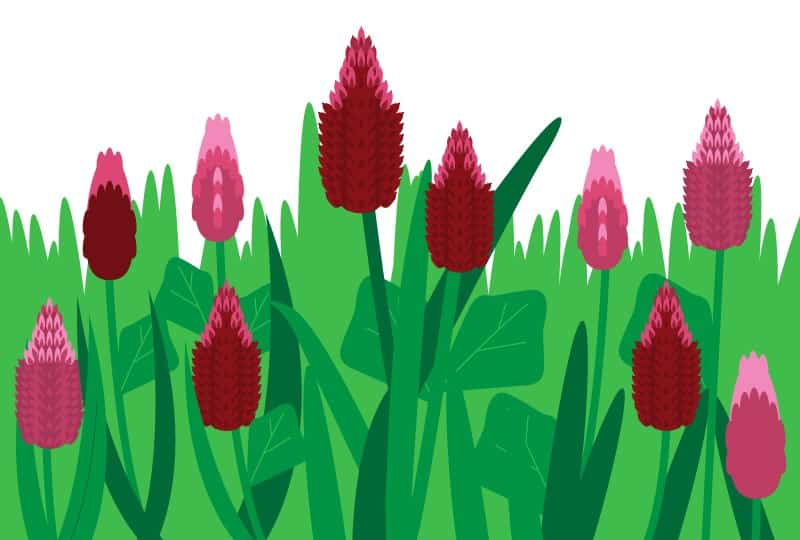
4. Minimal soil disruption
Cultivation only exposes dormant weed seeds to light and air, reviving them. It may be better to preserve the natural soil layer by not cultivating. When you cultivate, you stimulate the growth of weeds because they will be exposed to light, enhancing their development.
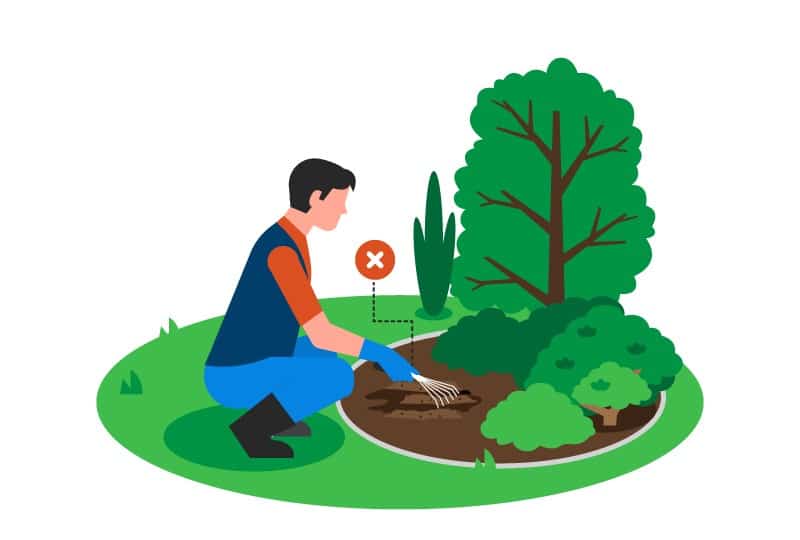
5. Garden trimming
Most weeds grow on the garden edges. To keep the weeds controlled, you should follow the tips trimmed. This way, there will be less or minimal growth of weeds.
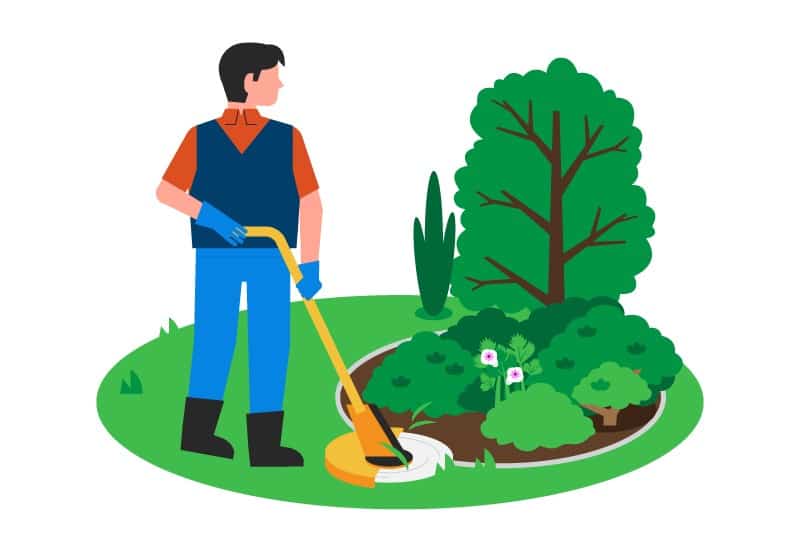
6. Reduce garden space
Planting your plants closer together prevents weed growth, so it’s advisable in case your soil is rich to have plants closer together.
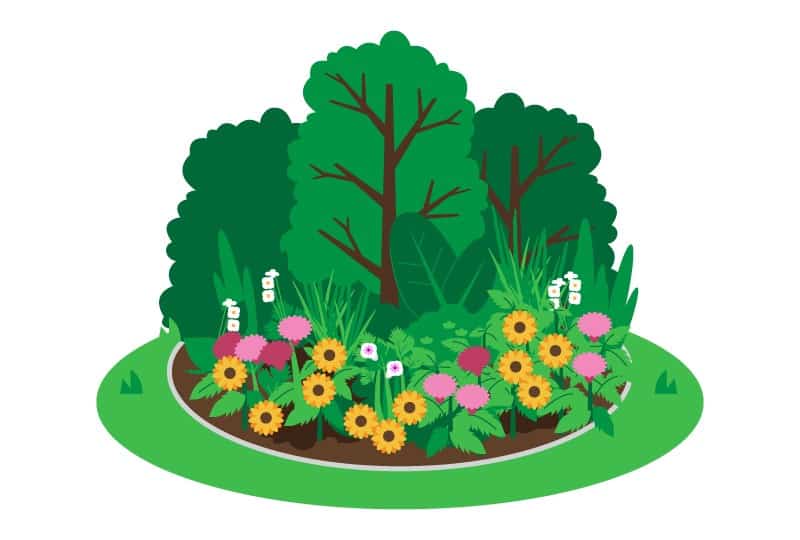
7. Drip irrigation
Drip irrigation is beneficial because you water only the plants that need it to avoid the cultivation of weed in unplanted places where they are not required. Depriving weeds water reduces their germination by a higher rate.
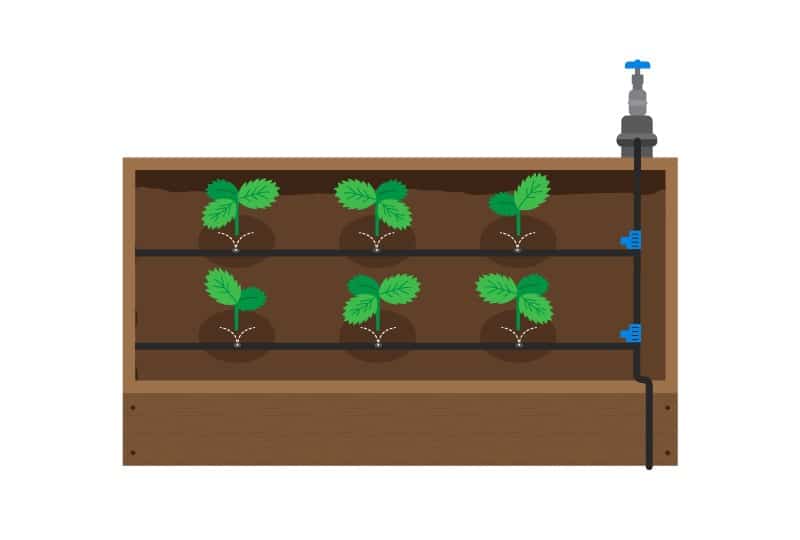
Common Mistakes To Watch Out For
Not removing weeds while they are young
Weeds grow just like any other plants; therefore, when these weeds are young, inspect your garden regularly. This is so that you can pull them out or cut them off below the soil. You should be careful not to bring new weed seeds to the surface. After removing these seeds, do not leave them on the surface as this will prompt them to regrow.
Not cleaning garden tools
After weeding, you should always clean your tools before going to another fam. Failure to which the devices will spread the weeds from one garden to the other.
Too much soil disturbance
During land cultivation or tillage, there is an emergence of weed seedlings in the soil. Some specific weeds thrive well when exposed to fertile soils where they can grow.
Not watering your plants only
When watering your plants, you should do it appropriately so that you don’t sprinkle water all over the garden. You may sprinkle water all over that will help the weeds to thrive. However, if you only water around your plant, the weeds lack water, which means their lifespan is shortened and may end up dying. Its recommended that you use drip irrigation where your plants get the moisture they need directly to their roots.
No mulching
Applying mulch around your plant can act as an excellent way to keep the weed seeds from growing. This is because mulching gives these seeds a hard time to push through. Additionally, mulch also locks the weeds from sunlight, which reduces their chances of survival.
Prevention Is Key
Nearly every square inch of your garden contains weed seeds, but only those infertile soils and exposed to sunlight get to germinate. As much as you would like to pull these weeds out, you should be careful not to cause soil disturbance.
The secret is to avoid the weeds exposure to sunlight that will, in turn, lead to their germination; therefore, you should always mulch your plants. Mulching will not only help the plants grow but also fight the thriving weeds. It is easier to use this method as a weed control measure.
Removal of weed from the roots can be challenging, but it doesn’t mean you should keep them growing on your farm. Beheading the weeds is the next best thing when you can’t remove the weed by uprooting. Deadheading the weeds reduces their chances of reseeding and forces them to use up food reserves and exhaust their supply of root buts, which now limits their spreading.
Always ensure that there is less or no space between your plants as they can be weed friendly spaces. Beyond these strategies, you should ensure that your soils are fertile with necessary organic matter to get a weed-free garden. However, this is not scientifically proven, but weed seeds tend to germinate in soils rich with fresh organic matter slowly.




